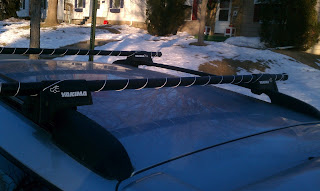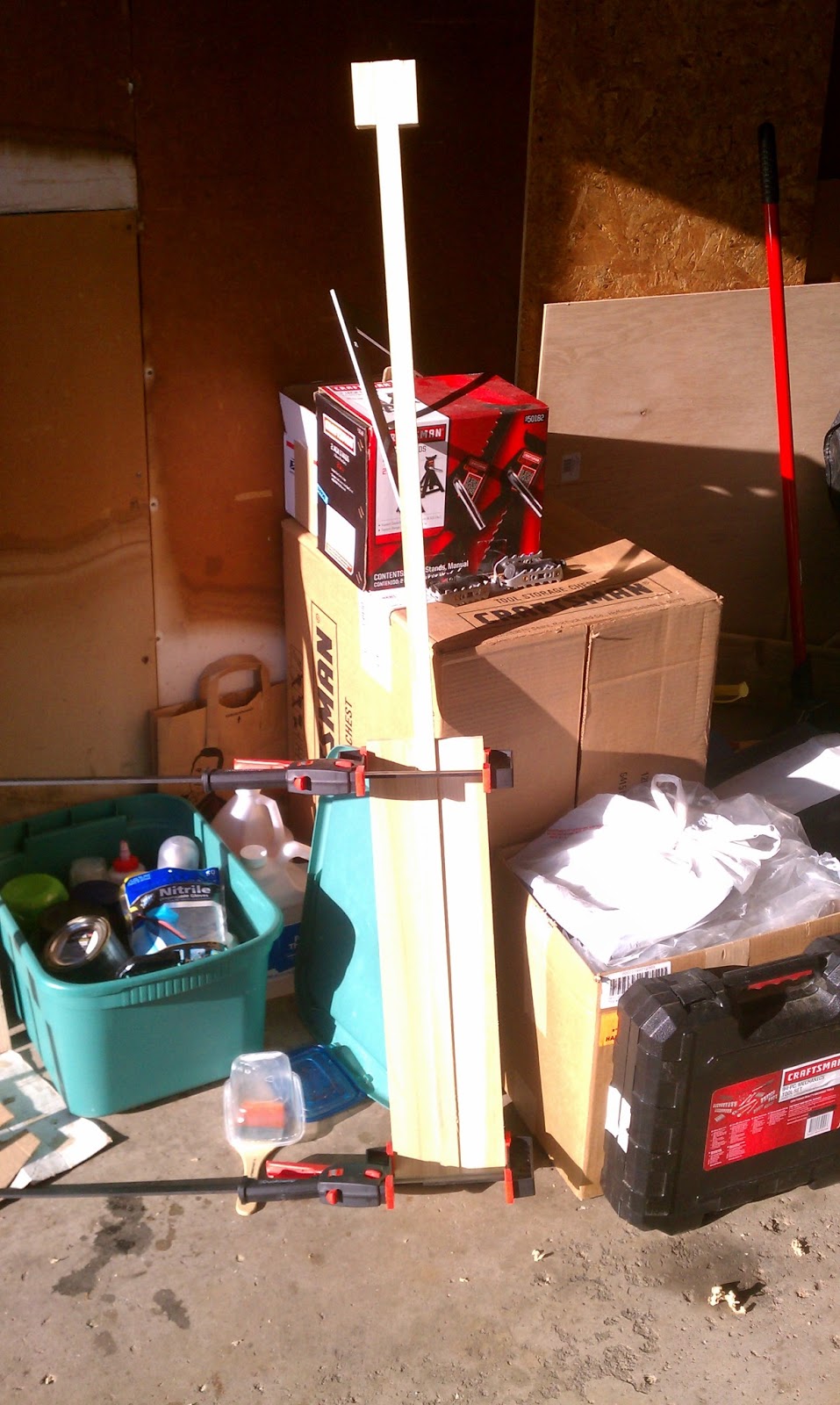Fix those annoying too-long mini-blinds
This is something that is really easy to do, but many people aren't aware of, including, apparently, the previous owner of my house. Simply lower the blinds all the way, pop off the little plastic covers on the bottom, and cut the strings off. It's a little scary, but just make sure they aren't too short and you'll be fine. I also took this opportunity to take out the broken slats from my blinds and replace them with extras from the bottom that I cut off. Retie the strings at the bottom of your blinds, making sure the pull cords are even. Cut off the extra string, and burn it with a match if you're worried about fraying. That's it. Clip the plastic plugs back in and you're ready to go.

